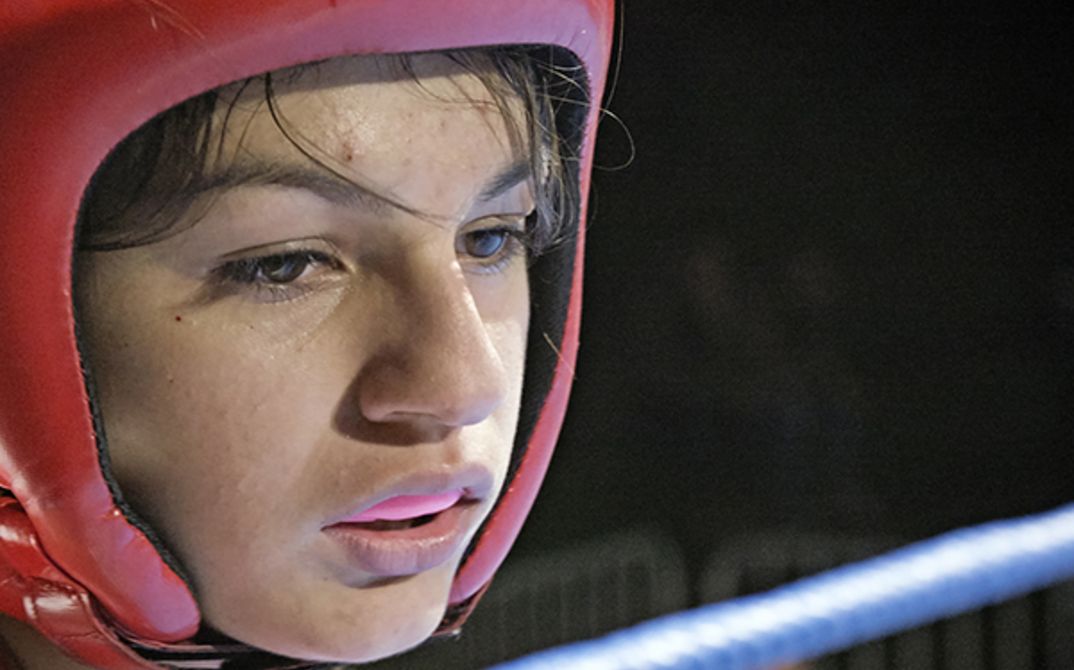The children of the mine
Being the grandson of a miner, the miner’s strike in 1995 left its mark on me. Armed with shovels, pickaxes and bolts, the miners fought against the reform of their retirement plan, roaming the streets at night by thousands, howling, shouting, united and determined to assert their rights in front of the state. With my friends, we would go through the tear gas fogs, not really understanding the stakes at play. What stayed with me most of all, is the energy of the masses and the determination of the people.
Video archives of the miner’s strike in 1995 are the only visual testimonies that remain from that time. The violence of their strike was born from the hardship of their working conditions and their rage. There is a certain distortion in our collective retrospective vision. The life of a miner seems elevated, raised to the rank of a social example, obscuring the difficult conditions of the working class of the time and forgetting the cost of survival in a period of deindustrialisation. Social violence still exists here today, and probably more so than in 1995. It has taken on a new face in the wake of the extinction of the working class as we knew it. This residual underlying violence particularly affects the youth who confront it through various means: some fighting against it and some fleeing. The solidarity of the epoch has given way to an exacerbated individualism but the tenacity of the people and their will to fight endures.
The boxing club as a reference point
What is the legacy of this strike? The workers' struggle was part of a whole, and drew its strength from a common cause, against a common enemy. The struggle of the youth today is of a more singular nature. But they are animated by the same rage to conquer, or at least by a desire to free themselves from the expectations that are heaped upon them, while living their youth. This led me to the city's boxing club, an emblematic place and a metaphor for the physical and mental struggle that is taught and learnt there. Is it a coincidence that one of the coaches I met there, Toumi, is a former miner who was in the strikes? The boxing club’s place in the film became obvious, just as obvious as the art of boxing establishing itself in this story as a meeting point between the generations of yesterday and today, between the protagonists.
The young people I have met have absolutely no idea what battles their parents and grandparents fought. Whose fault is this? The official mine and miners’ museum was built by the former employers, who were careful not to include the workers’ revolts and the victories gained at the cost of their blood. However, despite this absence of transmission, the sense of struggle and determination are inscribed in the collective unconscious, anchored in bodies and minds: moving forward at all costs.
Walk or die, strike or die.
This is precisely what I seek to reveal in GRÈVE OU CRÈVE. By examining the lives of my protagonists, the children of the mine. The battles are now fought elsewhere and the young people live the fight in their own way. Especially in sports clubs like the boxing club in which I find this new generation ready to do anything to fight. A struggle of the body and the soul to make one’s way in the world and to build oneself a worthy future.
In GRÈVE OU CRÈVE the human body is at stake and is put to the test. The body as a tool of rebellion against the prevailing system and its injustice. The body in the service of emancipation and of freedom. Bodies never leave the battle unscathed. (Jonathan Rescigno)
